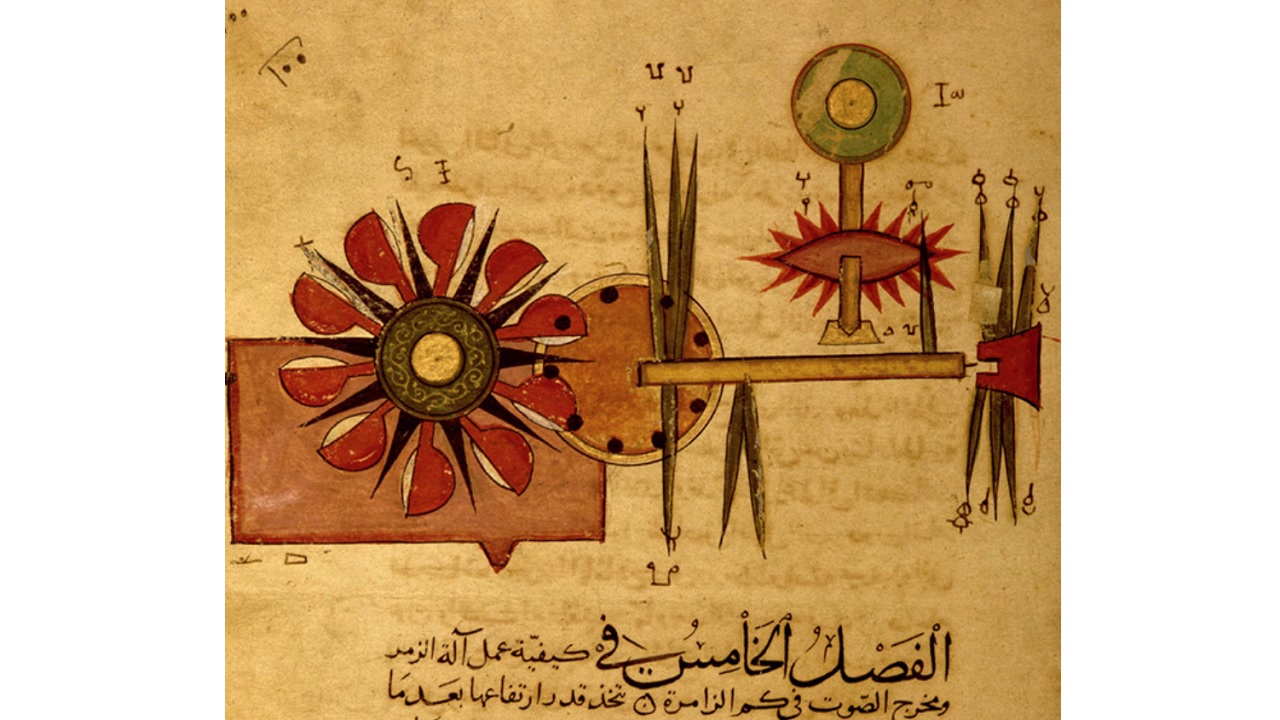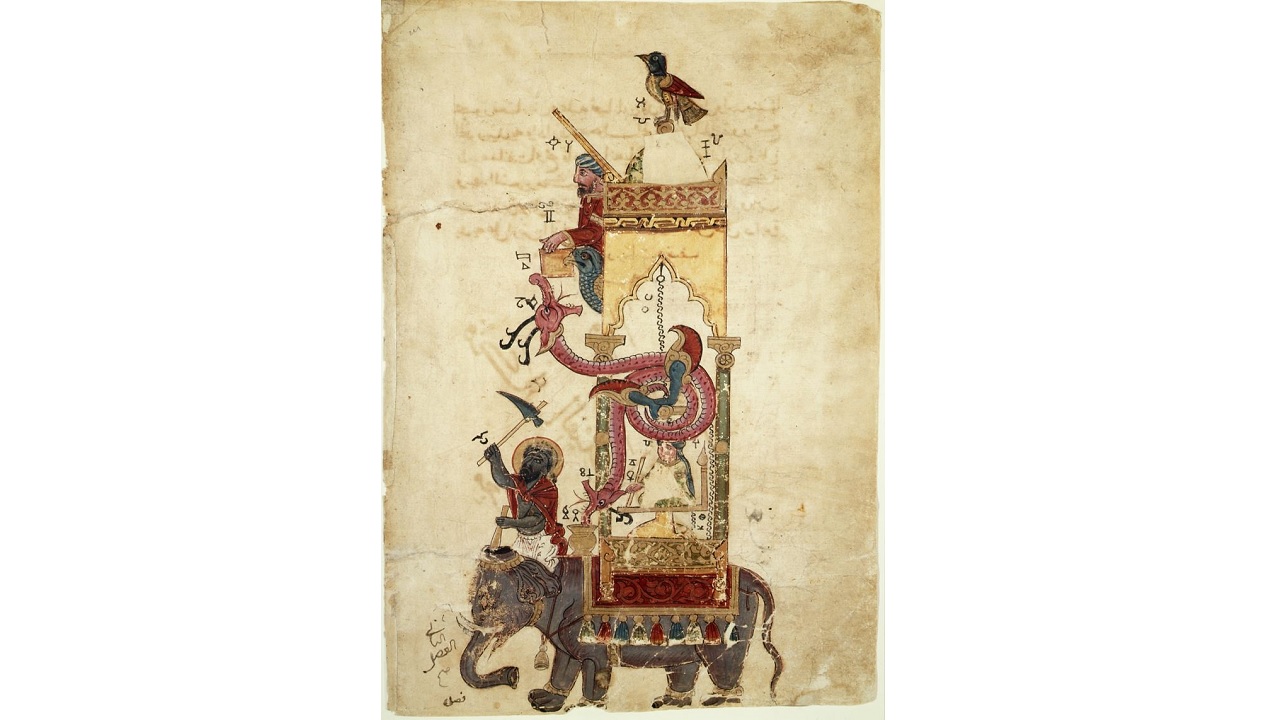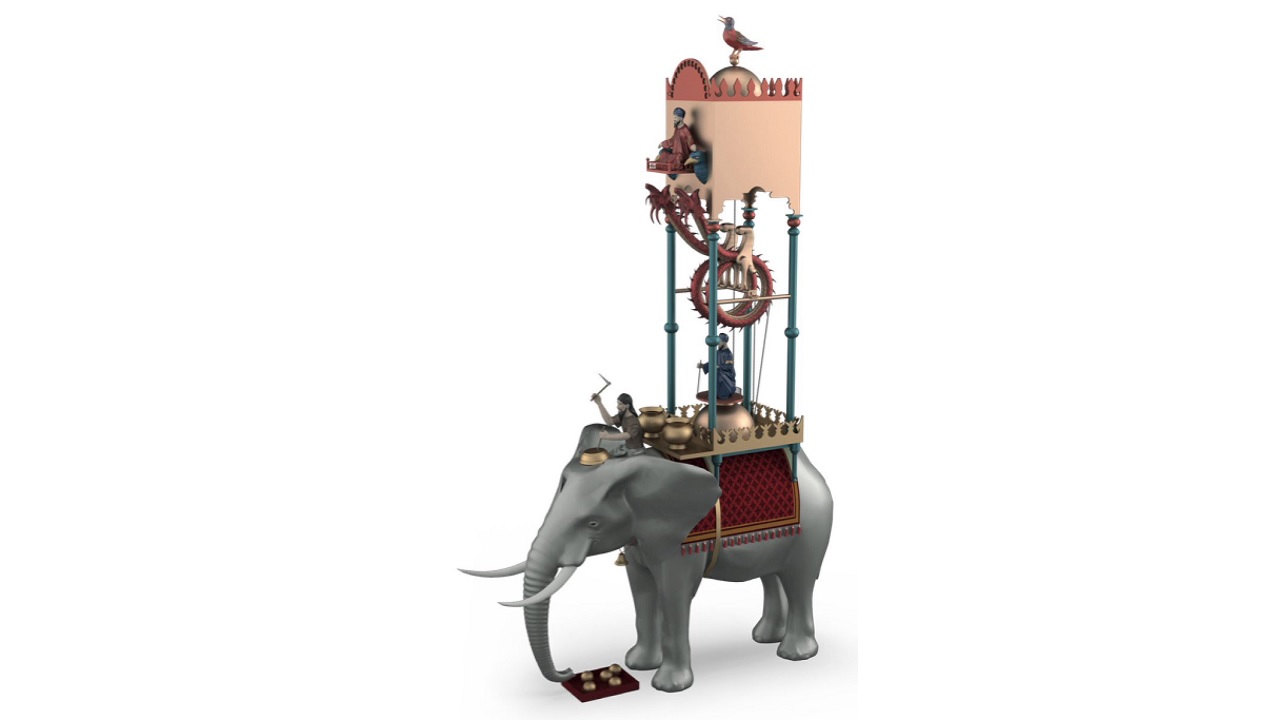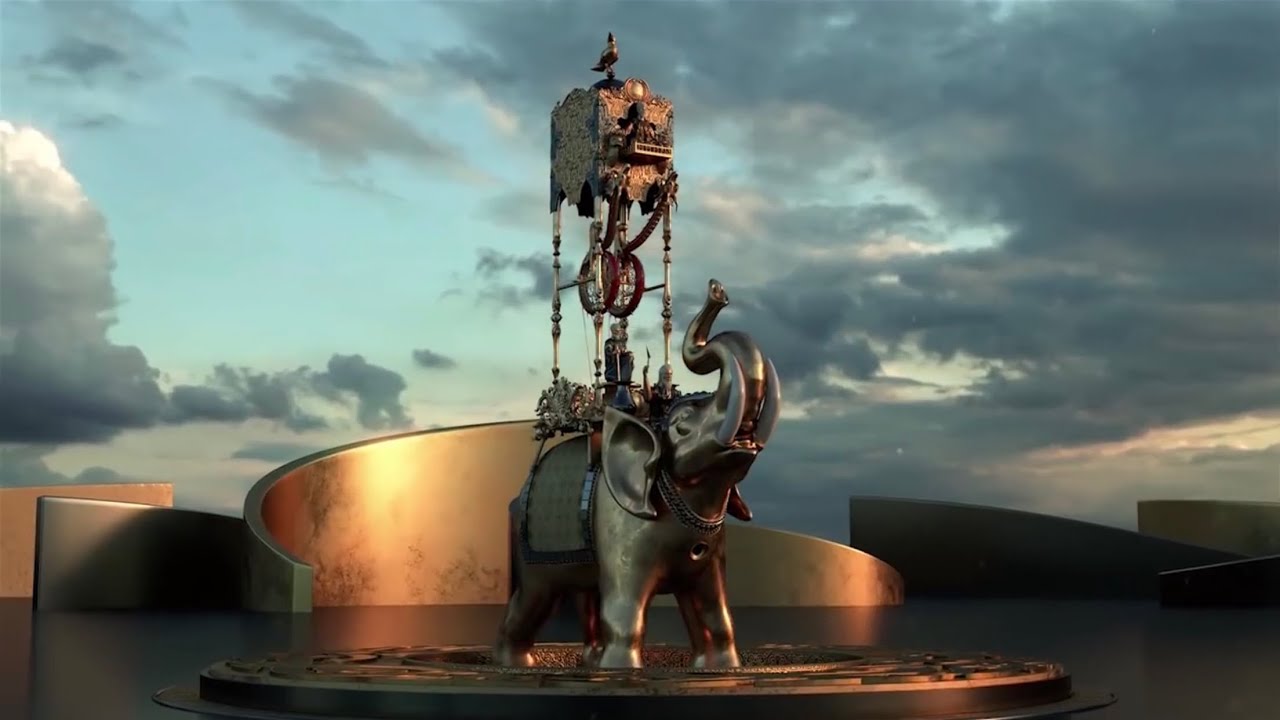Humanity has used many different systems to learn the time for thousands of years. Among these, the elephant water clock invented by Al-Jazari is much more than a simple mechanism, it is a real work of art. Let’s take a closer look at the curious questions such as what is the elephant water clock, how does it work and where is it exhibited today.
According to the findings we have, the first clock was invented by the Egyptians in the 4th millennium BC. This system, which shows the time using the sun, developed over time and today’s clock system was formed with many different techniques. In this process, the water clock accelerated the transition. Of course they don’t always look pretty as they are functional machines, Developed by Al Jazari and except for the elephant water clock, which is considered a work of art.
The elephant water clock, which was invented by Al-Jazari in the 12th century, stands out with the use of a mechanism that is not very similar to the water clocks made before. In addition, the mechanism of the watch is decorated with such fine details and each of these ornaments is so meaningful that it has established itself as an inseparable part of the history of world art and science. What is an elephant water clock, how does it work, where is it exhibited today let’s take a closer look.
First, let’s get to know the owner of the elephant water clock, Al Jazari:
İsmâil bin er-Rezzaz al-Cezerî, briefly El Cezeri, was born in Cizre in 1136, which is within the borders of our country’s Şırnak province today, and died there in 1206; He is a scientist, engineer and inventor. It is thought that he took the first steps in cybernetics and even built the first robot. According to a rumor, Leonardo da Vinci was inspired by the work of Al-Jazari.
Al-Jazari is one of the names who lived in the Golden Age of Islam and made this period a golden age according to many experts. He made inventions far ahead of his time. According to experts, he has invented more than fifty mechanical devices, made detailed guides on how to make them, and has done unprecedented work in the field of physics. One of his best-known works is the elephant water clock.
Before moving on to the elephant water clock, let’s see the working system of the Indian-made water clock from which it was inspired:

Of course, Al Jazari was not the inventor of the clock, even thousands of years ago, sundial and water clock mechanisms were used. Among them Indian made water clock called Gatika – Yantra It is extremely important both in terms of its mechanical system and in terms of inspiring Al-Jazari. Working systems are different.
The Gatika – Yantra water clock is hemispherical, with a small hole at the bottom, and generally consists of a bowl made of copper or coconut. The bowl floating in a large cauldron slowly fills with water. When it is full and sinks to the bottom, it is discharged due to the reaction and rises to the surface again. This process is completed in an hour. The Gatika – Yantra water clock, which is used in Buddhist and Hindu temples, started to be used in some mosques with the spread of Islam in these lands.
Let’s come to our main topic; What is the elephant water clock, what does it do?

The elephant water clock is a water clock invented by Al-Jazari. Spread from Spain to Central Asia in the Golden Age. In order to express the universal structure of Islam, It is considered a work of art. It aims to honor Saladin Ayyubi, the founder and first ruler of the Ayyubid State.
Al-Jazari used figures such as the Indian elephant, the Egyptian phoenix, Arabian figures, Iranian motifs, and Chinese dragons on the elephant water clock to symbolize the lands where Islam spread. Their common point is also gave place to Saladin Ayyubi as the unifying force. The elephant water clock works based on Archimedes’ water principle.
How does Al Jazari’s elephant water clock work?

Developed by Al-Jazari, the elephant water clock looks simple but is decorated with very complex details and inspired by it. The Gatika – Yantra has a different mechanism than the water clock. A bowl with holes floats in the pool located on the belly of the elephant. This bowl fills slowly, sinks and tilts slightly. Lying on its side, it pulls on the three ropes attached to it.
Three chips, drawn as the bowl is full, release metal balls one by one. These oscillating balls activate the figure of the clerk. On the other hand, when the bowl sinks, it makes a sound and the phoenix spins around itself. One of the balls activates the figure of Saladin and looks as if it moves at his command.
With the weight of the ball coming into the bird’s mouth, the dragon figure moves down and A figure of an elephant sitter falls into a vase. During this fall, the keeper’s arm also moves and the ball enters the vase. This process is repeated with thirty metal balls, and a 30-minute, half-hour process is completed for each ball.
The elephant water clock was just over a meter long. So this was a complex system operating in a very small space. Of course, the elephant water clock was not very useful. It had to be installed twice a day. The metal balls had to be dropped at the first spot each time. It was extremely important to maintain the water level according to the changing day and night hours.
Figures that turn the elephant water clock into a work of art and their functions:
- The phoenix makes a sound every half hour to announce the completion of the tour.
- The dial shows what time it is.
- Saladin reveals the bird figure by moving his arm.
- The castle stores the balls that start the whole process.
- The bird releases the balls from its beak.
- The Chinese dragon catches the ball and sends it towards the net.
- The clerk acts as the minute hand.
- The elephant sitter does the arm gesture that completes the round.
- The perforated bowl is the basis of the clock’s timing mechanism.
Where is the elephant water clock on display?

The original of the elephant water clock, which was invented by Al-Jazari hundreds of years ago, is of course still today. reached only as manuscripts and drafts. Many artists have produced similar ones based on these sketches. The most famous of these is about 7 meters tall and is exhibited at the Ibn Battuta Mall in Dubai. Versions made by Turkish artists are occasionally exhibited in exhibitions held in our country.
Invented by Al-Jazari, it amazes those who see it with its mechanism and artistic value. what is the elephant water clock, how does it work We talked about the details you need to know about this important work by answering frequently asked questions. You can share your thoughts about the elephant water clock in the comments.
